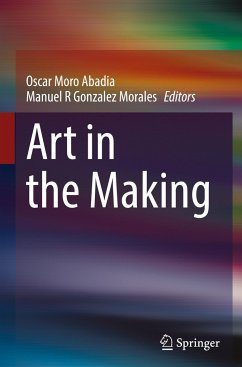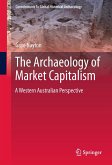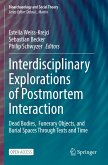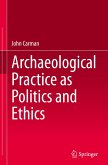This special issue publication of the Journal of Archaeological Method and Theory devoted to Pleistocene and Holocene arts examines a number of recent developments in the study of deep-time images. The contributions argue that in a context marked by new technological advances, the study of what was traditionally known as 'prehistoric art' has been transformed into a dynamic area of research marked by four main interrelated processes: (A) the inclusion of new corpuses of images beyond traditional conceptualizations of 'prehistoric' art, (B) the shift from a 'contemplative model' (which treated images and artefacts as 'already made art') to a 'construction model' that focuses on the processes involved in the making of artwork, (C) the transition from a Eurocentric model to a worldwide paradigm, and (D) the increasing incorporation of Holocene and Indigenous arts into general discussions about 'prehistoric' arts. This text appeals to students and researchers in the field.
Previously published in Journal of Archaeological Method and Theory Volume 27, issue 3, September 2020
Chapters Art (Pre)History: Ritual, Narrative and Visual Culture in Neolithic and Bronze Age Europe, Chapter An Archaeology of Affect: Art, Ontology and the Carved Stone Balls of Neolithic Britain, and Chapter Hidden Sites, Hidden Images, Hidden Meanings: Does the Location and Visibility of Motifsand Sites Correlate to Restricted or Open Access? are available open access under a Creative Commons Attribution 4.0 International License via link.springer.com.
Previously published in Journal of Archaeological Method and Theory Volume 27, issue 3, September 2020
Chapters Art (Pre)History: Ritual, Narrative and Visual Culture in Neolithic and Bronze Age Europe, Chapter An Archaeology of Affect: Art, Ontology and the Carved Stone Balls of Neolithic Britain, and Chapter Hidden Sites, Hidden Images, Hidden Meanings: Does the Location and Visibility of Motifsand Sites Correlate to Restricted or Open Access? are available open access under a Creative Commons Attribution 4.0 International License via link.springer.com.








